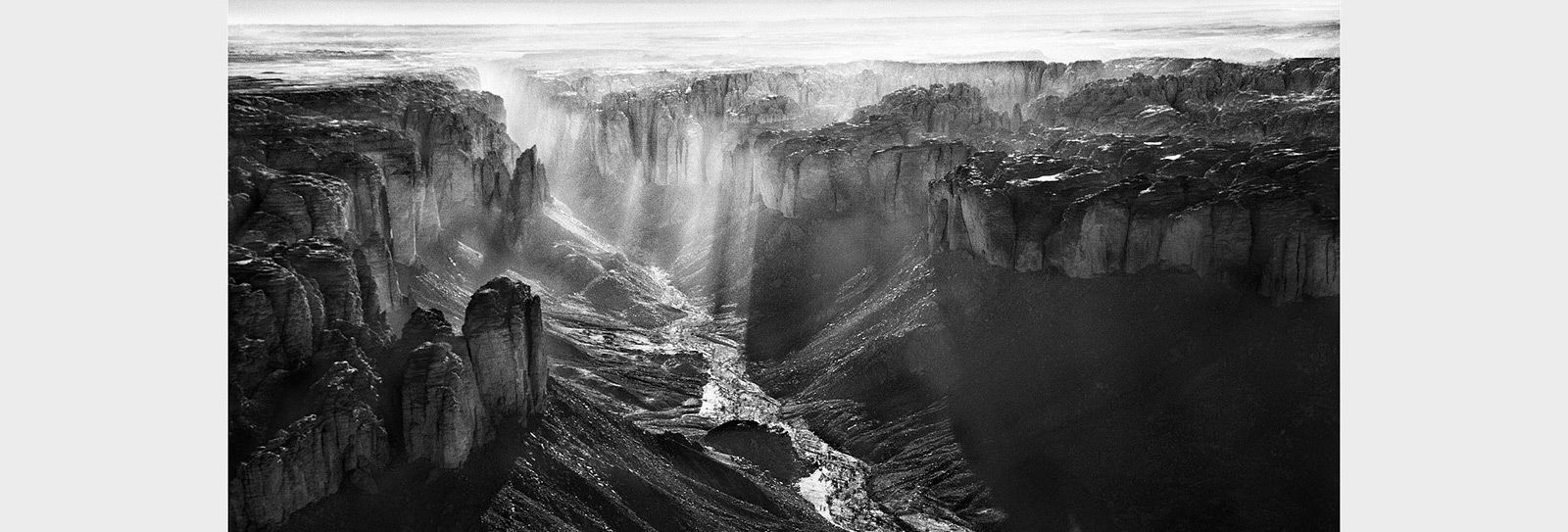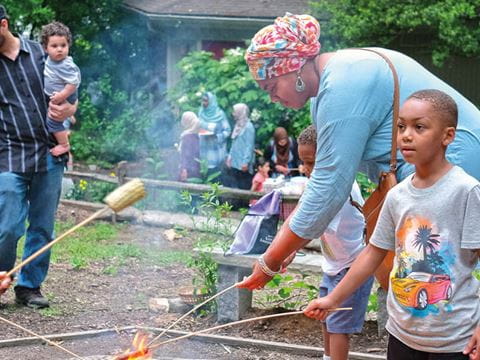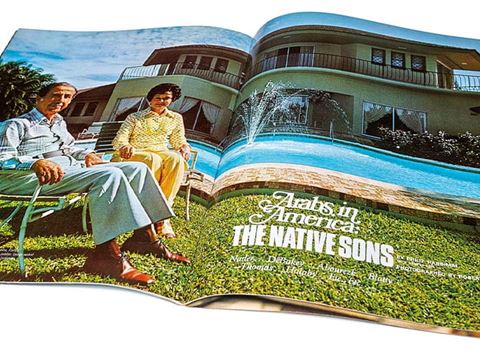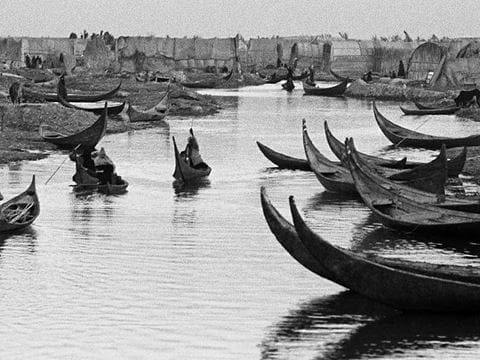
FirstLook: Tassili n’Ajjer National Park
- Arts
- Photography
Photograph by Sebastião Salgado / Contact Press Images
At first impression, the Sahara appears to be lifeless, with golden sand dunes stretching out as far as the eye can see. Yet it is one of the places where I have felt closest to the past of humanity.
We were fortunate during this part of a journey in southeast Algeria to have a helicopter made available by the Algerian army for some 12 hours over Tassili n’Ajjer National Park, a UNESCO World Heritage Site of outstanding scenic, historical and geological interest. It has one of the largest and best-preserved groupings of prehistoric cave art in the world, more than 15,000 drawings and engravings that record climatic changes, animal migrations and the evolution of human life on the edge of the Sahara from 8,000 to about 1,500 years ago. It is also, in parts, an island of life that harbors the endemic Saharan cypress, one of the rarest trees in the world.
From on high, it was possible to see how this vast plateau ends abruptly in what resembles a cliff face that in turn is slowly being eaten away by erosion. As compacted sand disintegrates, it adds to the desert. In other areas, deep ravines have been cut through the plateau by rivers that flowed thousands of years ago.
—Sebastião Salgado
You may also be interested in...

FirstLook: Ramadan Picnic
Arts
On a warm June evening, people gathered at a park in Bethesda, Maryland, for a community potluck dinner welcoming the start of Ramadan.
FirstLook: "Arabs In America: Native Sons"
Arts
In 1975 AramcoWorld dedicated an entire issue to celebrating the lives of Arab Americans and their impact—from renowned heart surgeon Michael DeBakey to White House correspondent Helen Thomas to entertainer and St. Jude Children’s Research Hospital founder Danny Thomas.
All the Lands Were Sea
History
Arts
In late 1967, photographer Tor Eigoland traveled for more than: a month, mostly by canoe, among the countless villages of southern Iraq's vast marshes. Now, 45 years later, writer Anthony Sattin calls his photographs a "rare and ethnographic record of a lost world. They bring us back to a time and place where people lived in harmony with their environment and respected the balance the natural world needs to thrive.'